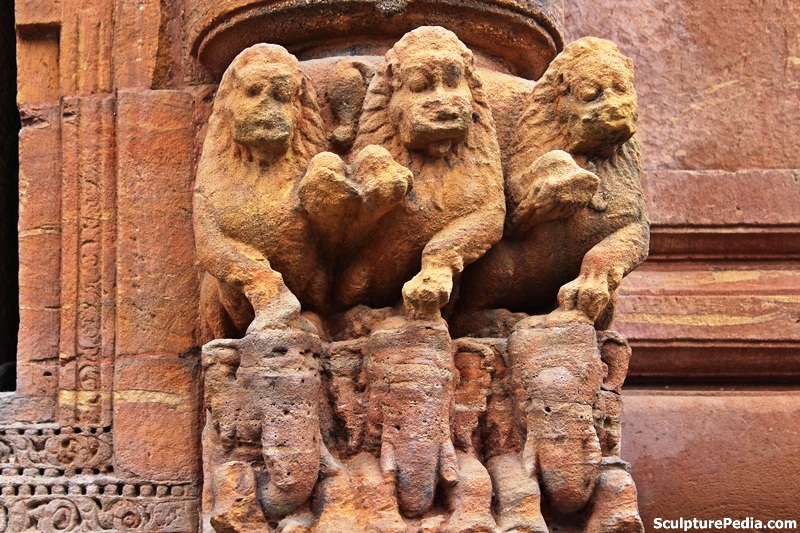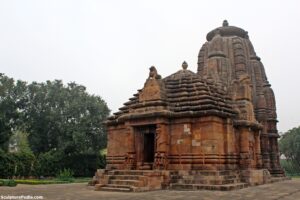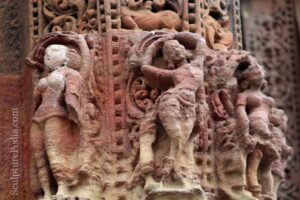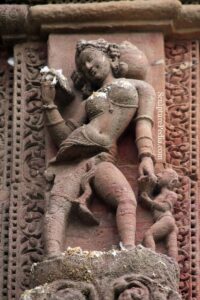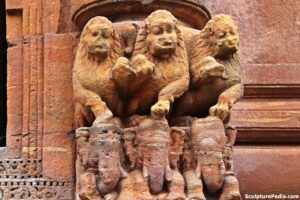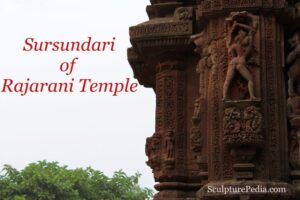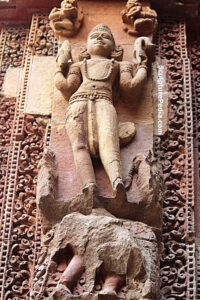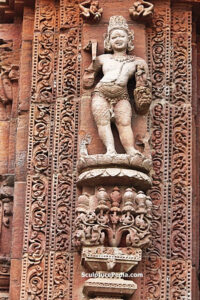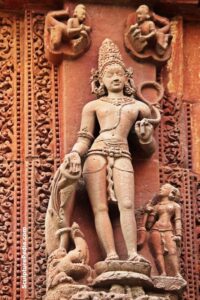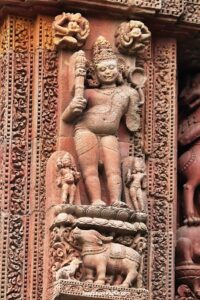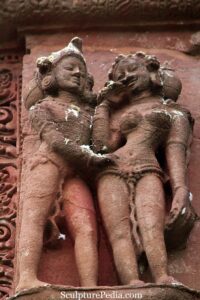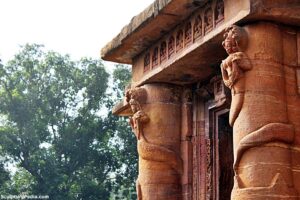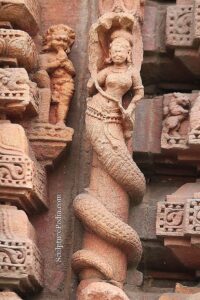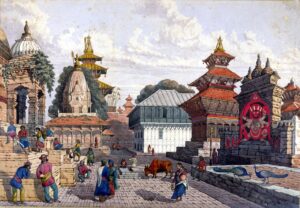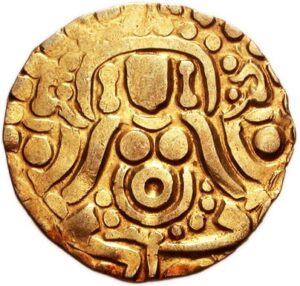The Somavamshi (Lunar dynasty) or Keshari dynasty ruled parts of present-day Odisha in eastern India between the 9th and the 12th centuries. Their capitals included Yayatinagara (modern Binka) and Abhinava-Yayatinagara (modern Jajpur).
The Somavamshis introduced a new style of art and architecture in Odisha, and their rule saw a remarkable shift from Buddhism to Hinduism in the region.
The Somavamshi kings were Shaivites, as evident from their inscriptions. The Pashupata and the Mattamayura schools of Shaivism appear to have been popular during their time. The traditional accounts of Odisha credit the Somavamshis with making great contributions towards the propagation of Hinduism.
The Somavamshi kings were great temple builders according to the traditional accounts, but there is little inscription evidence to confirm this belief. The legendary chronicle Madala Panji credits Yayati Keshari with building most of the temples in Bhubaneswar.
Somavamshi Rulers:
Historian Krishna Chandra Panigrahi provides the following chronology of the later Somavamshis:
1. Janmejaya I (Mahābhavagupta I): c. 882–922
2. Yayāti I (Mahāśivagupta I): c. 922–955
3. Bhīmaratha (Mahābhavagupta II): c. 955–980
4. Dharmaratha (Mahāśivagupta II): c. 980–1005
5. Nahuṣa / Nahusha (Mahābhavagupta III): c. 1005–1021
6. Yayāti II (Chandihara) Mahāśivagupta III : c. 1021–1040
7. Uddyotakeśarī (Mahābhavagupta IV): c. 1040–1065
8. Janmejaya II (Mahāśivagupta IV): c. 1065–1085
9. Purañjaya (Mahābhavagupta V): c. 1085–1110
10. Karṇadeva (Mahāśivagupta V): c. 1100–1110
By 1114, the Somavamshi king had fallen to the Ganga king Anantavarman Chodaganga

